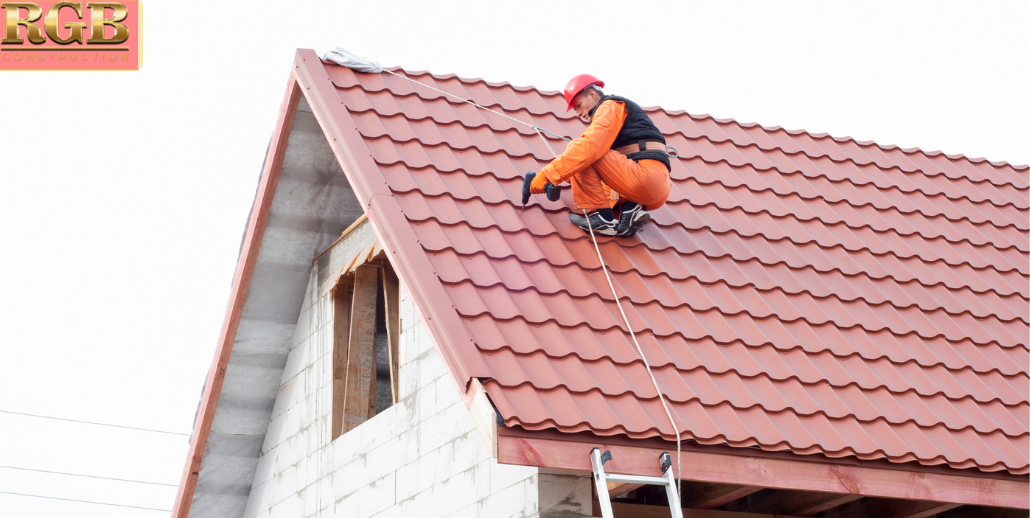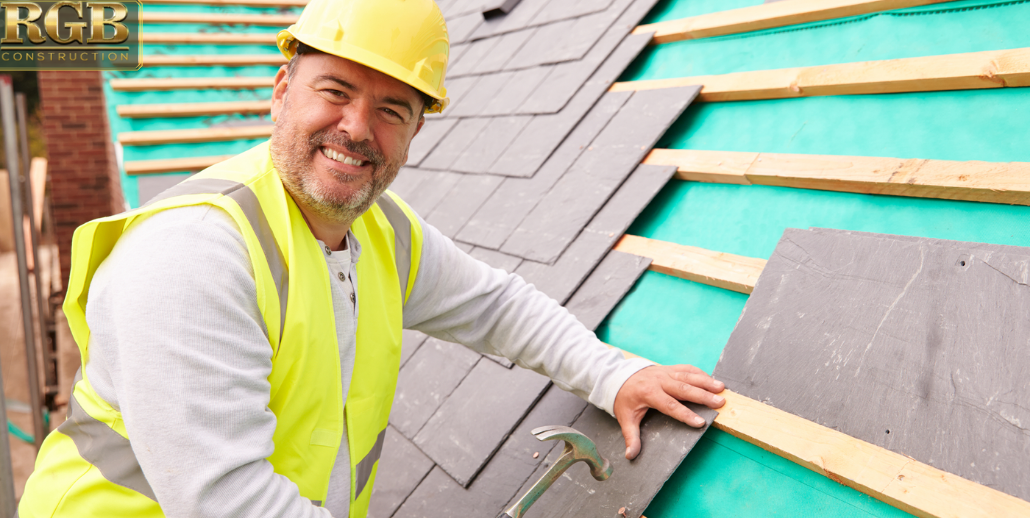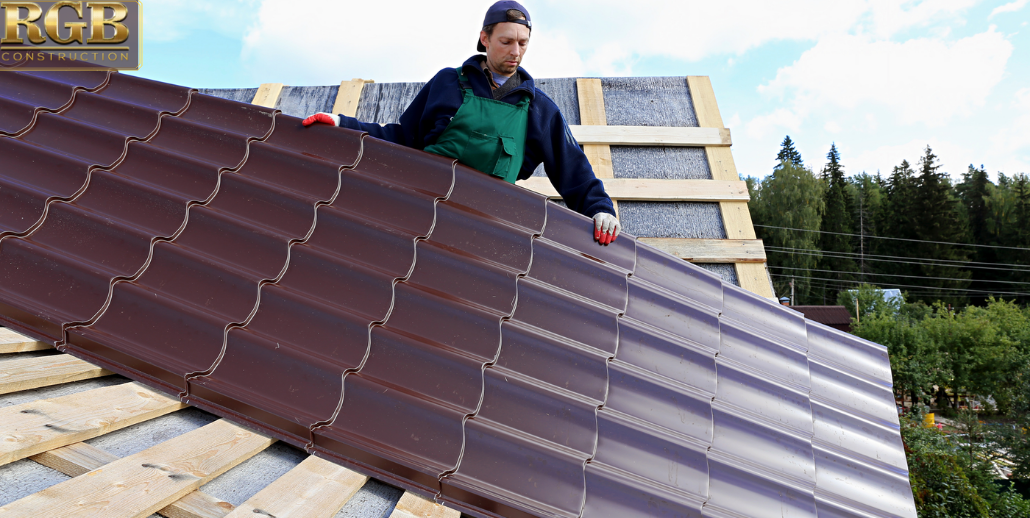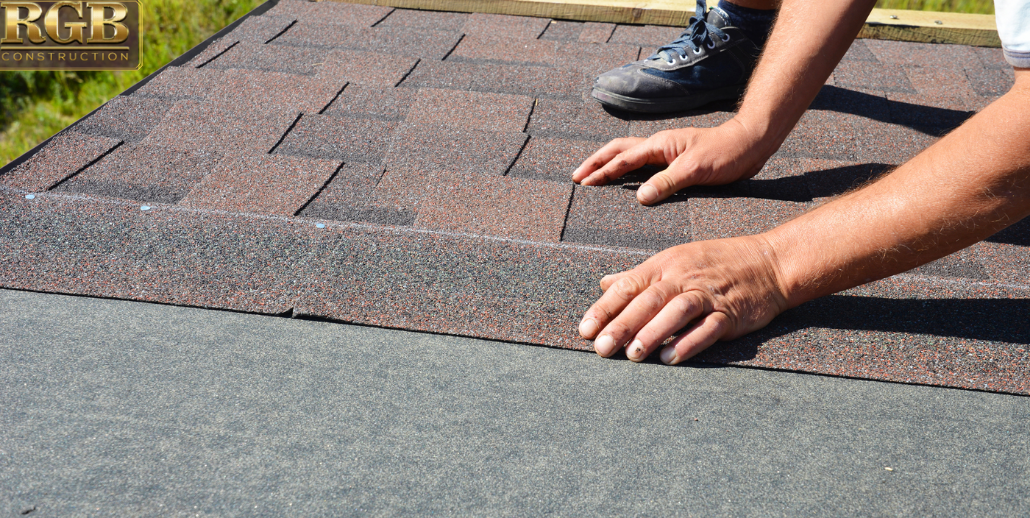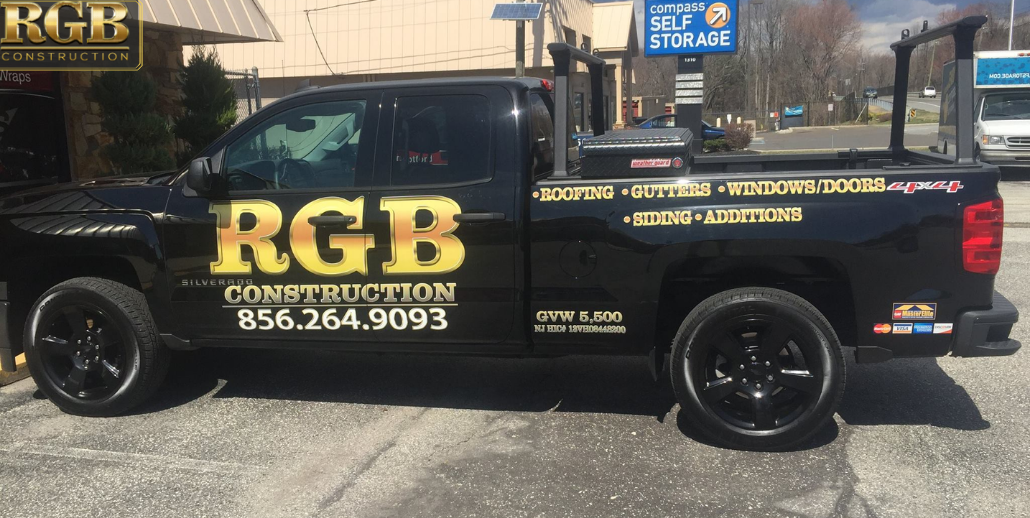When you need to restore or maintain a historic home, it is often a labor of love. One of the first areas to fix is the roof. You want to choose a design that is historically accurate but will protect the rest of the building.
For many historic homes, the owners worry about water seepage. If water enters the home, it could destroy artifacts and the home’s structure. In some cases, that damage cannot be fixed. Along with that, historic houses are not made from durable materials, and any damage can be catastrophic.
When you are ready to fix those issues with your historic house in South Jersey, you might want to check out these materials.
Wood Shingles/Shakes
In the early days of the colonial period, wood shingles were used to top off the roofs. Before you start any repairs, you need to find out what type of wood was used in your home. In the South Jersey area, many homes used oak or pine. White oak is a great option, and it is known for its durability.
Throughout certain parts of the United States, you will find red cedar shingles. This wood is a common roofing material, and it is known for its rot resistance. Any of these wooden shakes will need a protective coating. Most historical houses used paint or linseed oil. If your home was built after 1840, some of these wood shakes were dyed. After the 1900s, wood shingles became less popular when the asphalt was introduced into the marketplace.
If you are looking for an alternative to wood shakes, you can use treated wood. However, some of these materials may differ in style and colors. You can also choose mock shake asphalt shingles that mimic the color and texture of wood.
Clay Tile
You will find clay tiles on those colonial homes, especially those in the areas with Spanish and Dutch influences. For those homes in the Northeast, the clay tiles were typically flat. While these tiles were popular for a few years, wood shingles eventually replaced them. You might see clay tiles used on those homes with Revivalist styles. Some Arts and Crafts houses also featured clay tiles on the roof. If you want to replicate the color and shape of these tiles, it can be a challenge.
In some cases, it is better to explore those alternative materials. Clay is very vulnerable to outdoor elements. Some manufacturers make ceramic or concrete tiles that can be used for these historic home renovations.
Slate
In the United States, slate is a rare roofing material. If your home has a slate tile, it was probably built during those pre-Revolutionary periods. However, with the progression of the railroad, slate did make its way across the country. In the 19th century, colored slate began to appear on buildings. By the early 20th century, many buildings started to use slate for roofing, including government institutions, churches, and wealthy homes.
Slate has always been a heavy and expensive material. If your historic home is not structurally sound, then it can cause significant damage. You might want to check out mock slate asphalt shingles that can replicate the texture and color of these roofing materials.
Metal And Copper
Metal has been an excellent choice for many homes, dating back to the earliest modern buildings. You can find these roofs throughout the United States. However, there are very few residential roofs that used metal before the Civil War. After that time, tin metal roofs were popular. Along with metal, copper was widely used. You might see these roofs used in government buildings and churches. After the 1920s, the popularity of metal roofs began to wane, and asphalt shingles replaced them.
Many metal roofs, including those standing-seam materials, are still available from modern manufacturers. If you have a copper roof, copper plating is a substitute for that expensive material. While metal shingles are rare, you can find a flat three-tab shingle that can match the texture and color of these roofs.
Asphalt Shingles
These types of shingles were introduced in 1901, but their popularity did not arise until the 1920s. Most of the earliest models are no longer in production. However, you can find three-tab shingles that mimic its look and color.
Preserving The Past
If you want to preserve your historical roof, you need to choose a material that is time-appropriate. A restoration expert can help you find suitable material for your property. In some cases, new roofing materials can increase the value of your homestead.
However, if your home is registered with the National Register of Historic Places, you might be limited to certain materials. In some cases, you could be prevented from using any modern materials.
Unlike some popular opinions, a modern roof will not ruin the architecture of your historic house. Some of these modern roofing materials can match your current style or replicate your roof’s texture, color, and details. With these materials, you can return your home to its former glory.
Before you start the renovation process, make sure to check with all the relevant historical societies and authorities to find suitable materials for the project.
Starting A Historic Roof Restoration
Any renovation is a challenging project, especially for those with a historic roof restoration. While finding the appropriate historic roof material is difficult, it is not the end of the process. You will want to find a skilled roofer, historian, and restoration expert for the project. With a bit of help, you can return your historic home to its former grandeur and be assured that your structure is protected from water and other elements.
We Can Help With Your Roofing Needs
If you have a historic home, you will want to contact the team at RGB Construction. We have the expertise to repair and restore most roofs, including those located on landmark houses. Our team can help you find the best materials that will meet your needs and budget. You can schedule a consultation with our roofing team. Please take time to give us a call at 856-264-9093.


